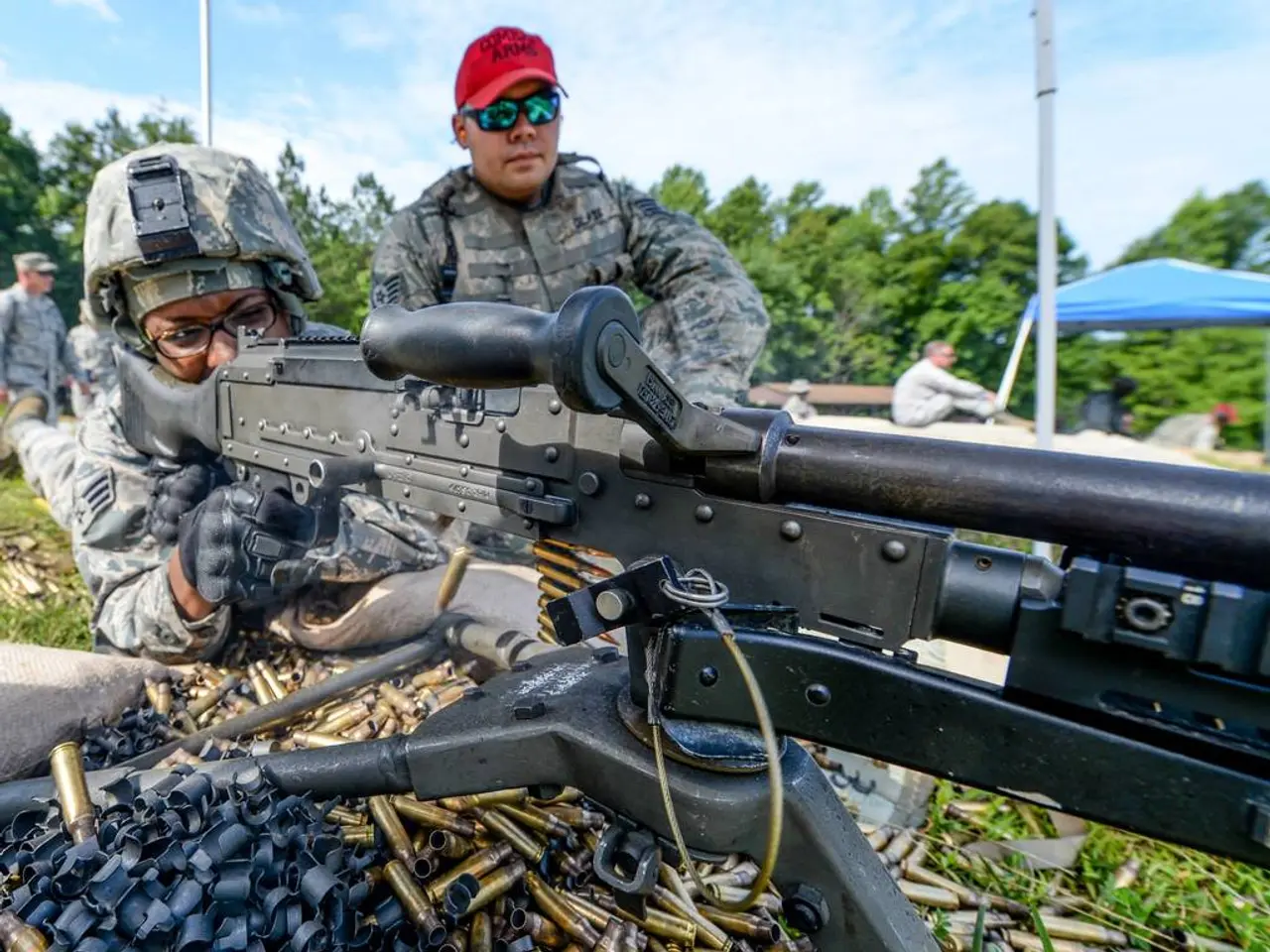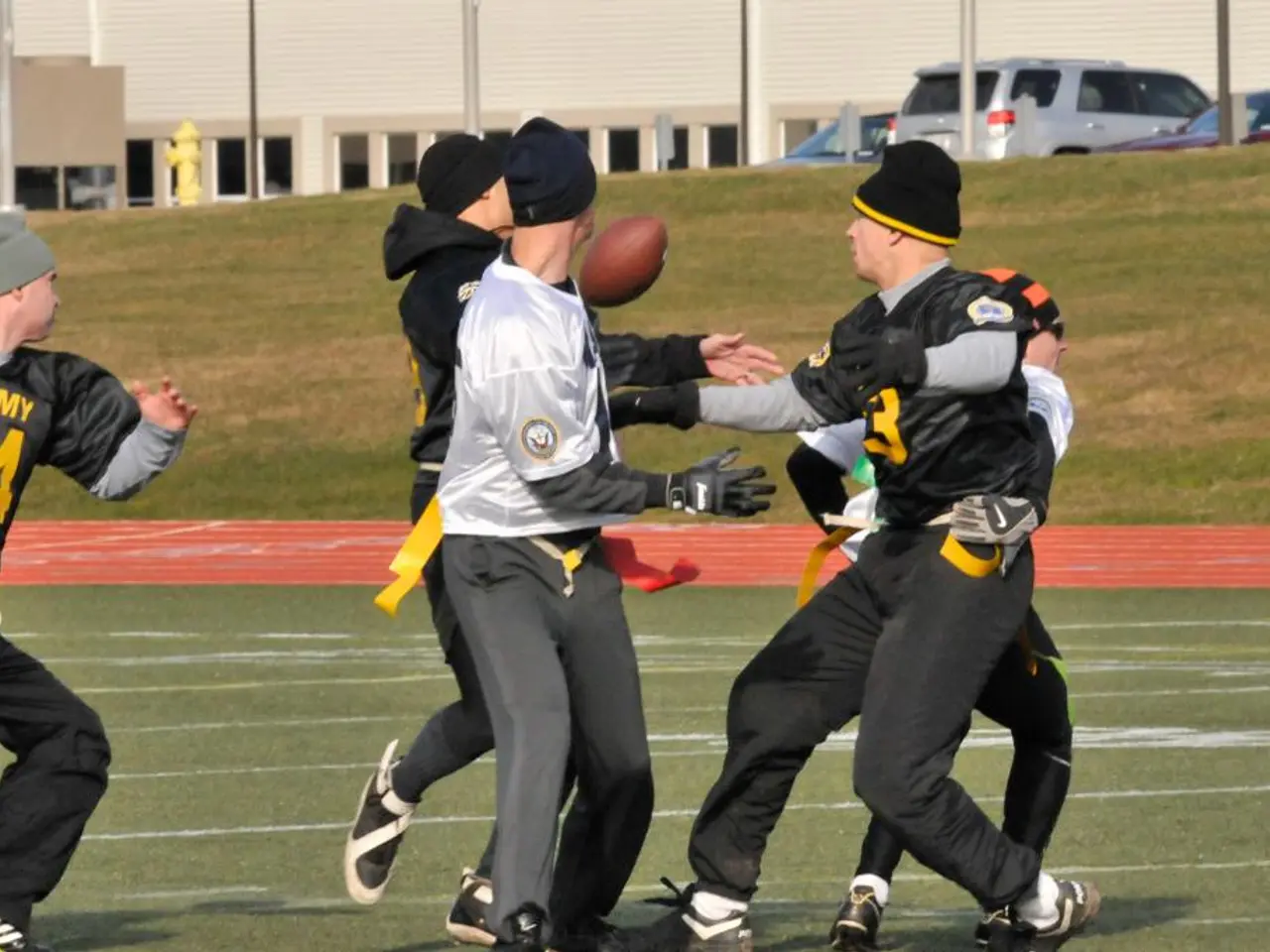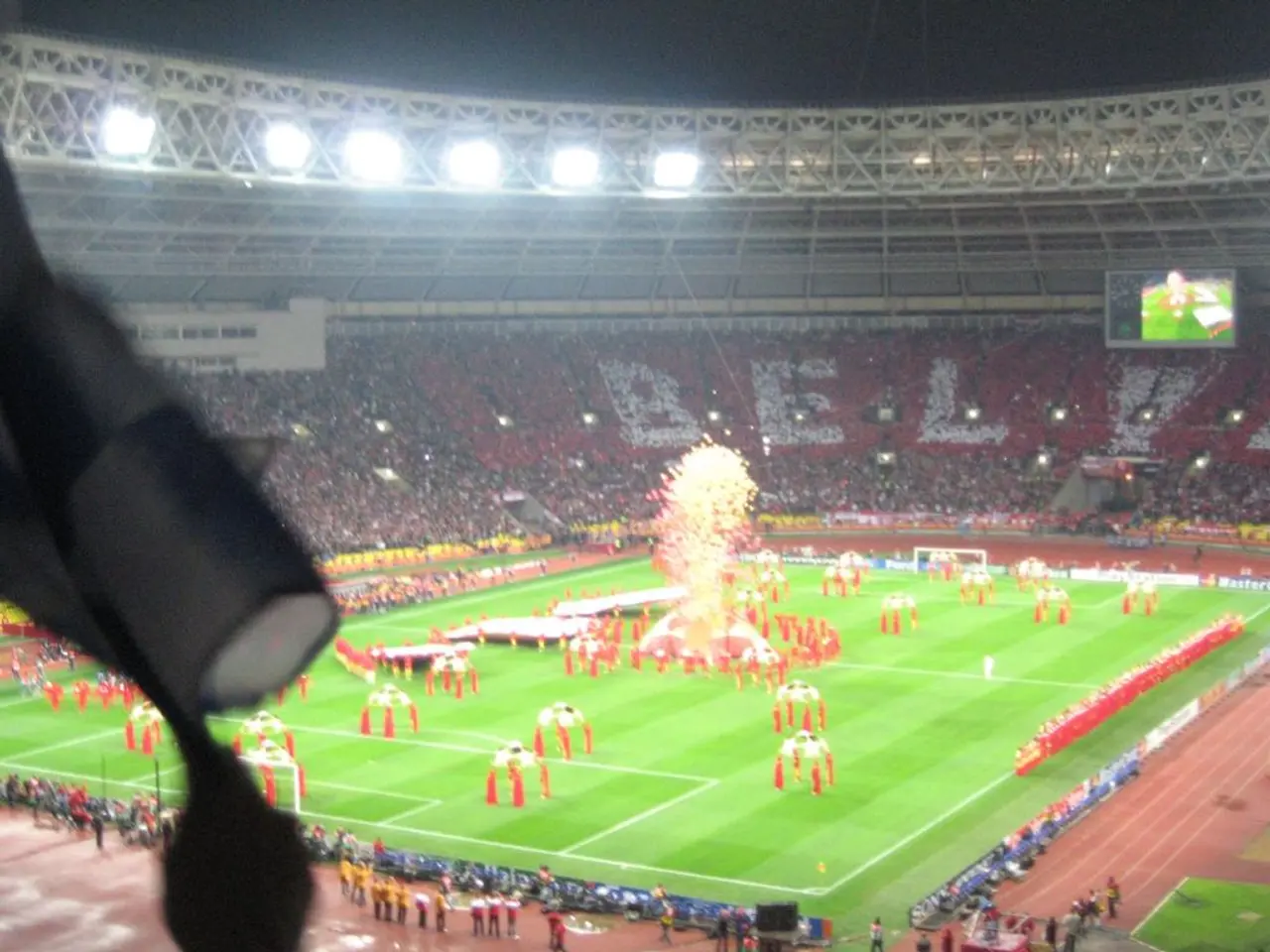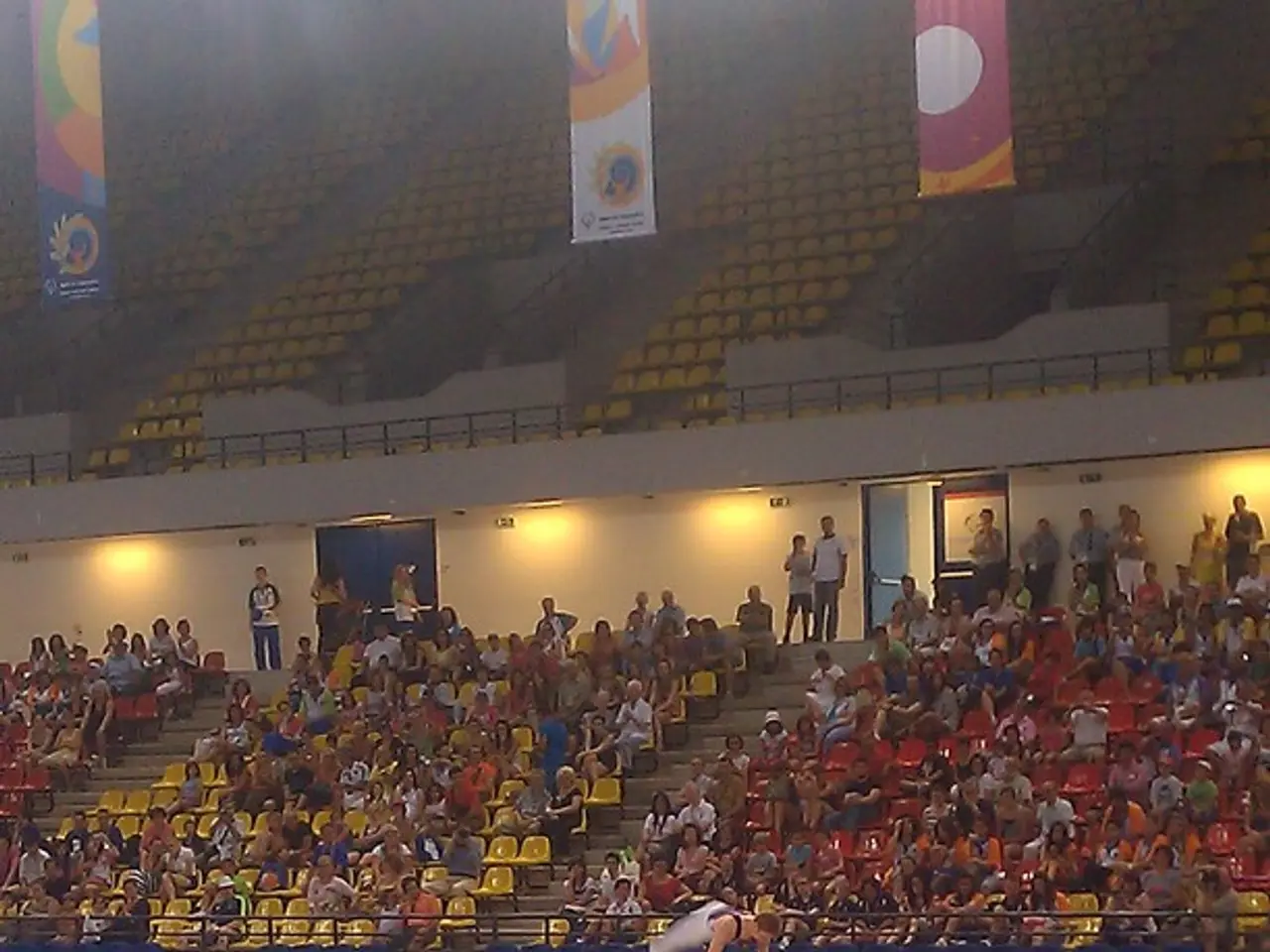Strategies for Crafting Potent Tactical Training Facilities
In the realm of military training, tactical ranges play a crucial role in honing the skills of trainees. These ranges are designed to provide realistic scenarios, foster critical thinking, and promote the development of technical firearm proficiency. Here's a step-by-step guide on how to construct an optimal tactical training range.
Foundation: Robust Bullet Containment System
A robust bullet containment system serves as the foundation of a safe tactical range. This system, typically composed of modular ballistic blocks or reinforced berms, is designed to reliably stop all projectiles and minimise ricochet hazards. The backstops are further layered with rubber bullet trap materials or curtains to capture fragments and lead debris, ensuring both environmental safety and user protection.
Durable Infrastructure
Infrastructure should be modular, durable, and capable of meeting military standards. Bolt-together steel training towers, for instance, can be customised for multiple training scenarios, such as sniper platforms and rappelling stations. These structures should be built using weather-resistant materials to ensure longevity under demanding conditions.
Regulatory Compliance and Safety
Planning and design should adhere to local zoning, safety regulations, and sound management guidelines, including adequate buffer zones and noise mitigation strategies. For indoor ranges, advanced ventilation and soundproofing systems are essential to control lead and noise exposure effectively.
Technology Integration
Integrating technology like electronic target systems offers numerous benefits. These systems provide real-time feedback to trainees, accelerating skill acquisition and enhancing training effectiveness. They also contribute to safety by reducing the need for personnel crossover onto firing lines.
Emphasis on Long-term Value
Design choices should prioritise durability and cost-effectiveness over the range’s lifespan. This includes using durable materials that reduce maintenance and rebuild costs, planning for environmental responsibility (lead reclamation, noise control), and securing comprehensive insurance and permits to avoid operational disruptions.
Flexibility and Adaptability
Flexibility is a key aspect of tactical training ranges. A flexible layout ensures long-term relevance and usability, as it can handle multiple training programs without requiring separate spaces. Movable barriers, adjustable target systems, and modular layouts enable quick configuration changes, catering to a wide range of training needs.
Advanced Control Systems
Advanced control systems streamline operations and reduce the chance of human error in tactical training ranges. These systems can include digital target systems with programmable features, automated scoring tools, and video capture for reviewing training sessions and identifying areas for improvement.
In conclusion, building an effective tactical training range requires a focus on multi-layer bullet containment, employing modular and durable military-grade structures, ensuring regulatory compliance with safety and environmental controls, embedding advanced feedback technology, and designing for durability and cost-effectiveness over the range’s lifespan. By following these guidelines, agencies can maximise their investment, creating a range that grows with changing needs, offering a wide array of training options for years to come.
Technology plays a significant role in enhancing the efficiency of a tactical training range by integrating electronic target systems that provide real-time feedback to trainees, which in turn accelerates skill acquisition and improves training effectiveness. Sports, such as competitive shooting or marksmanship events, could also benefit from these sophisticated target systems, providing a platform for athletes to hone their skills and track their progress. Life, in a broader sense, can be enriched by the development and implementation of these advanced tactical training ranges, as they contribute to the creation of a safer and more capable armed forces, ultimately safeguarding the citizens they serve.








